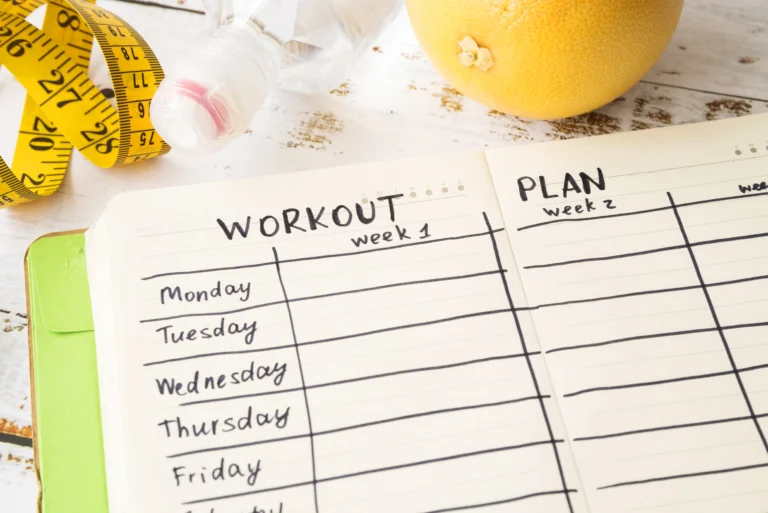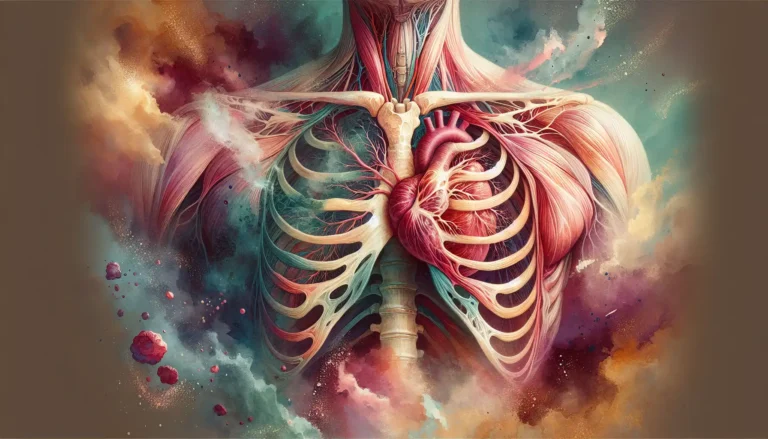Do you ever feel like you’re stuck in a never-ending cycle of diets, workout routines, and health fads that promise the world but rarely deliver? Trust me, I’ve been there too. Hi there, I’m a regular Joe trying to make sense of the whole fitness journey, just like you. So, let’s talk about macros – something that may sound intimidating but is a game-changer when it comes to your health and fitness.
Picture this: I used to hit the gym religiously, grinding through intense workouts, only to find myself getting frustrated with minimal results. It felt like I was pushing a boulder uphill, and it just wasn’t working. That’s when I stumbled upon the concept of macros, and it was like finding the missing piece of a jigsaw puzzle.
Macros, short for macronutrients, are the three essential components of your diet: carbohydrates, proteins, and fats. They are the building blocks of your nutrition, and understanding how to balance them can transform your fitness journey in a realistic and achievable way.
Let me share a little anecdote with you. I used to think all calories were created equal. If I had a 400-calorie donut, it was the same as 400 calories from chicken breast, right? Wrong. Macros teach us that it’s not just about the calories; it’s about where those calories come from. By counting macros, I learned to prioritize quality over quantity, and that’s when I started seeing real changes in my body and energy levels.
Counting macros is not about obsessive calorie tracking or depriving yourself of your favorite treats. It’s about finding a balance that works for you. In this blog, we’re going to dive deeper into what macros are, how they can benefit you, and how to start counting them without the need for a math degree or complicated apps.
So, if you’re tired of spinning your wheels in the world of fitness, join me on this journey to demystify macros and discover why they are the missing link you’ve been searching for in your quest for a healthier, happier you. It’s not about being perfect; it’s about making informed choices that fit into your lifestyle. Let’s get started!
Macros Explained
Macro stands for macronutrient. So, what is a macronutrient? Well, these are the three main nutrients that will make up the bulk of your diet, namely fat, protein, and carbohydrate. Other nutrients like sodium and potassium are important, but eating a bit too much sodium or not quite enough potassium isn’t going to make you put on an extra stone the way eating too many carbs will.
By tracking your macros, you can have a good idea of what your diet is like.
Do Calories Still Matter?
Yes, calories still matter. If you eat 2500 calories a day but you only burn 2000, you’re going to put on weight, and vice versa. There’s no magic diet that’s going to let you eat more calories than you burn. Using macros doesn’t mean you don’t stop counting calories. It means that you are paying attention to how you are getting those calories and trying to consume a balance of fat, protein, and carbs.
For example, a bag of chocolate-covered pretzels might have 500 calories in them, but if you eat 4 bags of them every day and nothing else, you’re going to be in worse shape than someone who consumes the same number of calories in chicken and rice.
What Should My Macros Be?
Each person’s macros will be different and will depend on factors like height, weight, age, and activity level. Your first step should be figuring out your recommended calorie intake and basal metabolic rate, which is the number of calories you burn each day without exercise. There is a handy calorie calculator here. Just fill in your details and click “Basal Metabolic Rate” in the drop-down.
The accepted wisdom is that you should get 45-65% of your calories from protein, 20-35% from fats, and 10-35% from protein. But for the sake of argument, let’s say 50% carb, 20% fat, and 30% protein as a good baseline to start from. So, if you were aiming to consume 2000 calories a day, that would equate to 1000 calories of carbs, 400 calories of fat, and 600 calories of protein.
You might want to tweak these macros based on your activity level, profession, or health conditions. However, if possible, you should consult with a dietician before making any major changes to your diet.
This sounds complicated. How can I track my macros?
If you’ve started getting in shape, you’ve probably only recently started paying attention to the calorie counts on food, and now you have to worry about 3 other numbers every time you want to eat! Yep, we get it, it is complicated.
You have two options to deal with this, the easy one and the hard one.
The hard way is to make all your food yourself, plan your week’s meals out in advance, and ensure that you have the right balance of carbohydrates, fats, and proteins and the right number of calories to match your macros. This method is pretty much guaranteed to be successful, but it relies on you sticking to it and it can be easy to get discouraged if you have an off day.
The easier way is to use an app like MyFitnessPal or Lifesum. These apps can tell you the nutritional makeup of almost any food. You can look up a food in their database or even scan the barcode on most ready meals to get the info you need. They will track your calorie intake as well as your macros for you, letting you know how much you have left to consume each day. Logging your food in the app also helps keep you accountable and cut down on the “hidden” calories we often consume between meals during snacks. You might also find that some foods are much better or worse for you than you might have imagined.
Final Thoughts – Start Tracking Your Macros!
Almost every successful athlete, whether amateur or professional, pays close attention to their macros. You can get started today. Use the calorie calculator to find out your calorie intake, and then use the 50/20/30 breakdown of carbs, fats, and proteins to calculate your macros.







